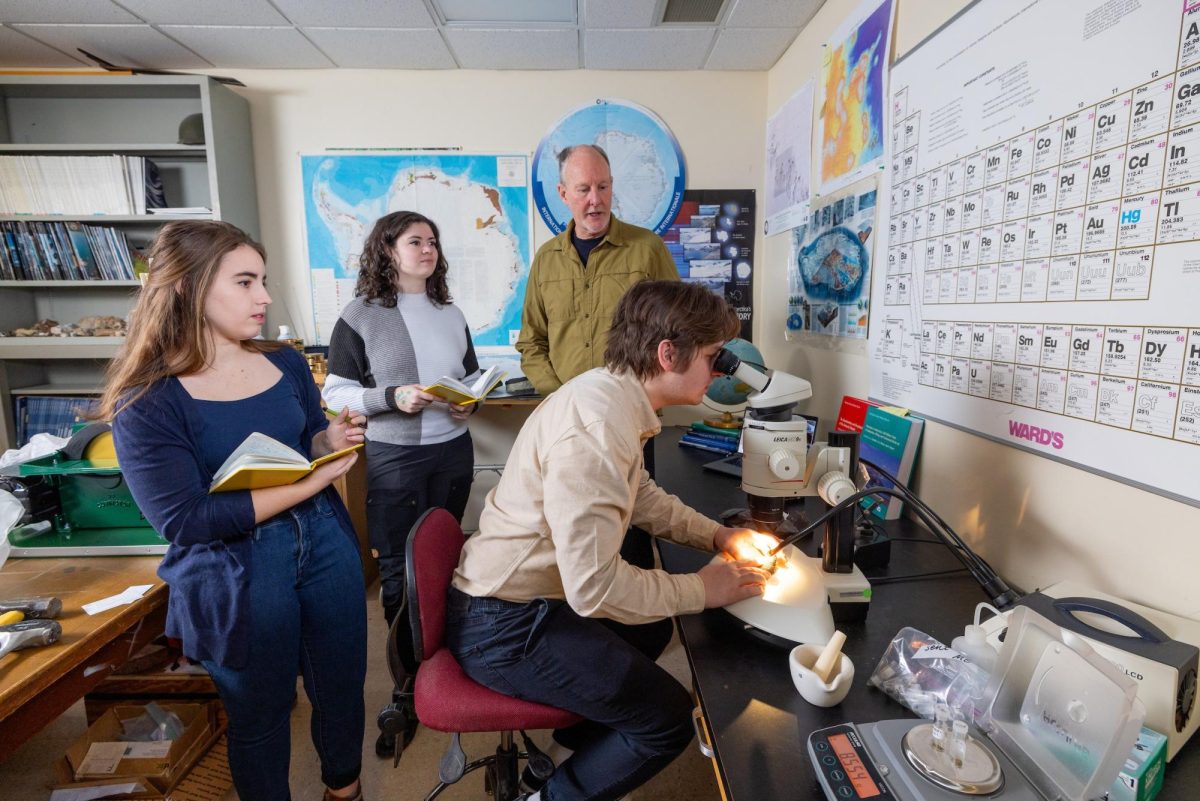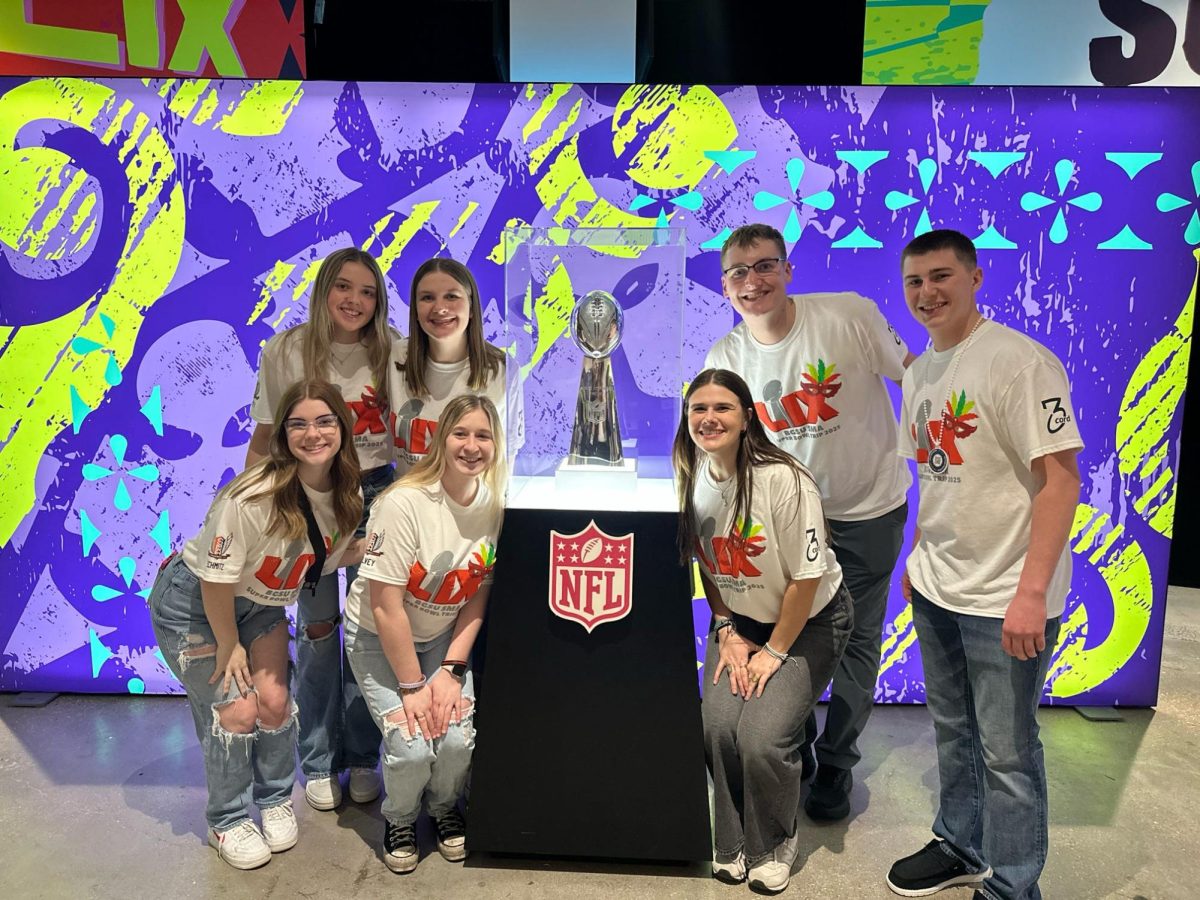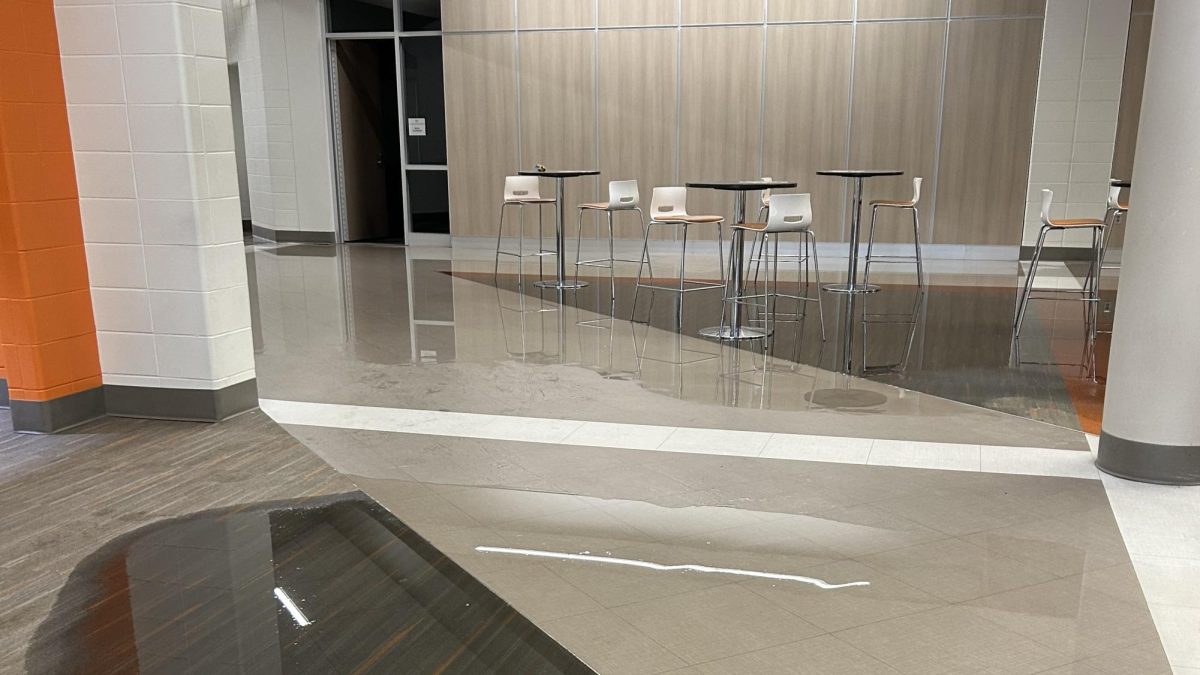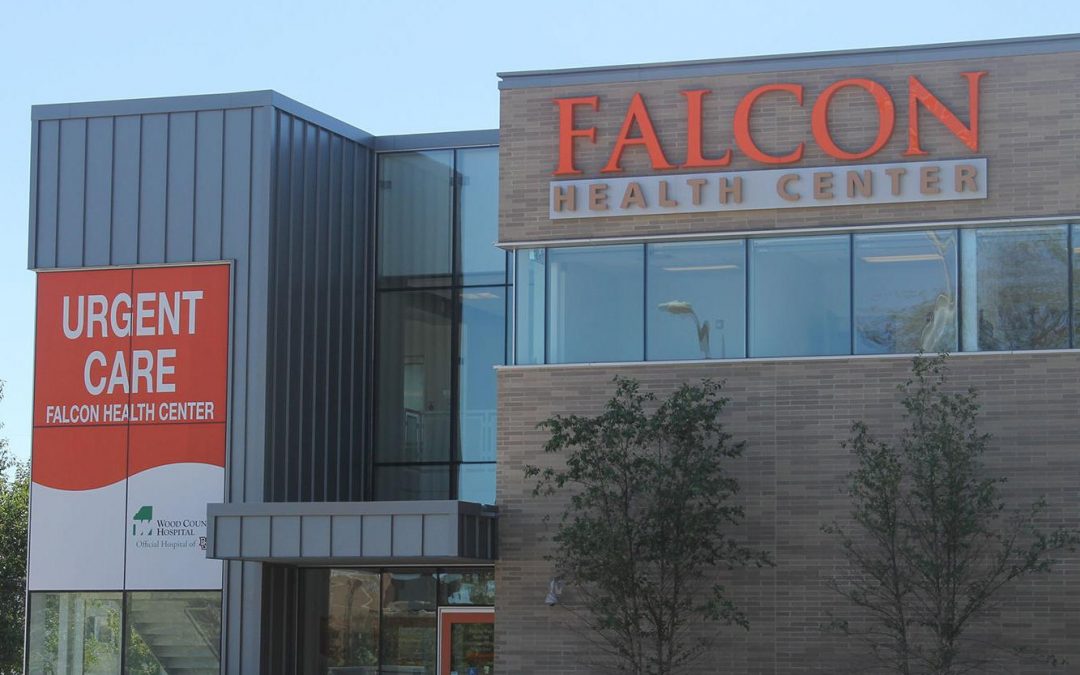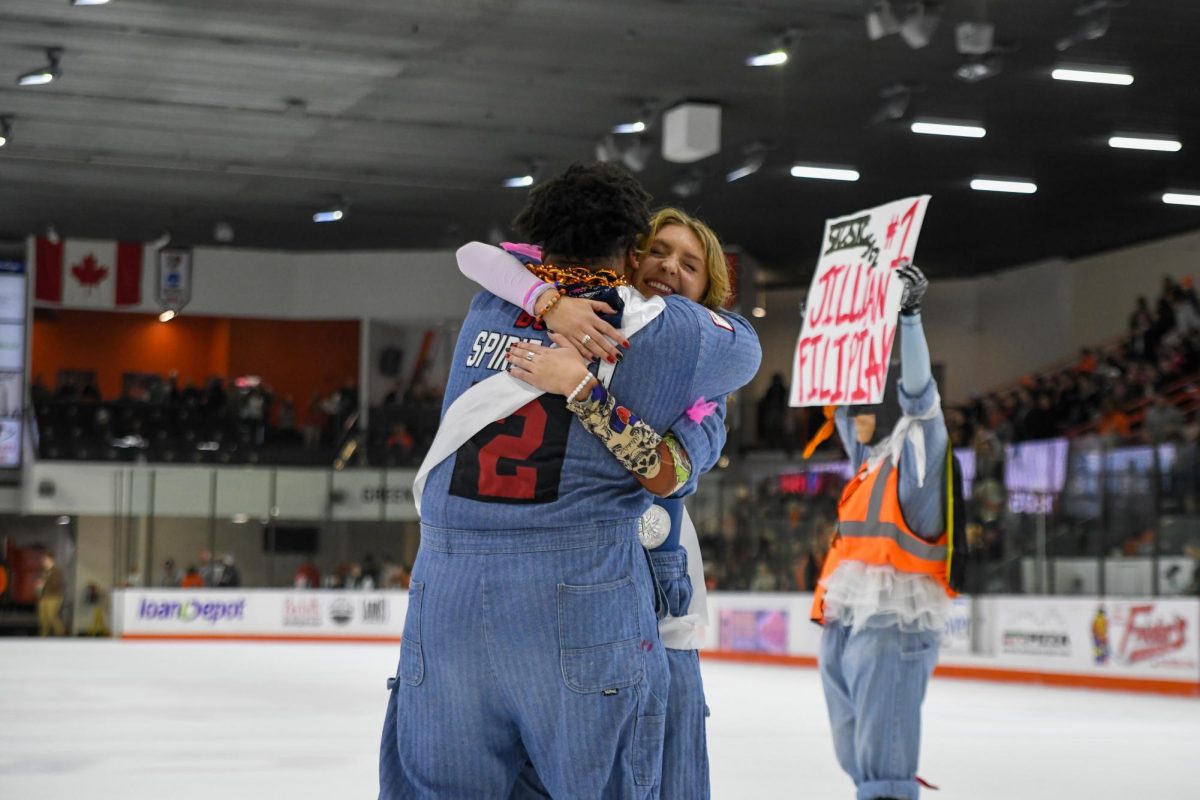Hayes Hall, tucked between a century-old cemetery and the state-of-the-art Student Union, renders a daily tug-of-war between the University of old and the institutions of tomorrow.
One of the oldest buildings on campus, stoned archways have welcomed students underneath suspended pillars since 1931, when Thomas Edison was still submitting patent ideas and long-playing phonographs were first commercially introduced.
Yet, more than 80 years later, Hayes Hall remains as one of the most modern buildings on campus.
The building, a living, breathing anachronism, is where the University’s Information Technology Services calls home. But while the offices and support centers are in Hayes Hall, the presence of ITS throughout campus is substantial.
ITS oversees services like Falcon Mail, Canvas and Internet networks, also managing the approximately 6,000 phones on campus, the University mobile application and many others. From Dining Services to parking attendants, depending on ITS for server and storage space or technology support is like a utilities service, said John Ellinger, chief information officer for the University.
“It’s kind of like water pipes or electricity. They go to every building. They go to every location,” he said.
Having an in-house, centralized technology hub on campus is important to maintaining an efficient, seamless experience for students, said Matt Haschak, director of Information Technology security and networking at the University.
“We’re one University and we need to be able to function as a team and support each other,” he said. “And the best place to do that is to bring us centrally together.”
Working with an ever-changing industry, ITS keeps on pace with new technology and users’ needs on campus through receiving input from various people at the University, Ellinger said.
As the CIO, Ellinger said he gives presentations to the Undergraduate Student Government and Graduate Student Senate each semester, also regularly meeting with every vice president and dean at the University.
“You have to keep looking and talking to people in their area … what they’re planning for the next year or so,” he said. “The feedback is important.”
ITS is also made up of more than 150 student employees who help with running labs and fixing computers brought in by other students. Many of these students formerly worked with Residential Computing Connection, which in recent years merged with ITS.
While RCC worked under the branch of residence life, working technology support for residence dorms throughout campus, the switch to ITS has broadened the role of student workers, said David Pfeiffer, a senior who’s worked with ITS for more than a year.
There can be a general disconnect between ITS and the students, Pfeiffer said, adding that he doesn’t necessarily see that as a negative thing.
“It’s difficult for students and staff to see eye-to-eye there in the sense that staff are looking at it in a BGSU administrative sort of perspective and students are seeing it from a student perspective,” Pfeiffer said.
Having these student employees can benefit ITS, both in diversity of perspectives and the quality of their work, Ellinger said.
“Sometimes students are a little smarter about technology than the older folks,” he said.
ITS also provides extensive repair services, even offering warranty maintenance for Dell and HP products, Ellinger added.
Despite this, senior Matt Riegler, who worked with RCC, said that many students didn’t know about these services.
“I think a lot of people knew about it but they perceived us as people who just went around to the dorms and filled the paper,” Riegler said.
For ITS, the challenge comes in balancing day-to-day concerns and repairs with preparing for future technological developments and newer classes of students.
An average student comes to the University with more than three electronic devices such as printers, laptops or video game consoles, and ITS has to make their transition to college as seamless as possible, Ellinger said.
“If you’re looking at where we need to be, look at the freshman in high school,” he said.
Such is the guiding philosophy at Hayes Hall, that the true focus of ITS isn’t about technology, but rather the people using the technology.
Asked what he would tell students if he had the chance, Ellinger said he was more interested in what students would be able to offer him.
“You may not know about everything we do, but what is it that’s missing from our portfolio of services that you would like to see?” he rhetorically asked.
Outside Ellinger’s second-floor office in Hayes Hall, students sat in front of the Union on laptops, likely using ITS’ Internet networks, checking their Falcon Mail or Blackboard assignments and enjoying the wonders of modern technology through the help of a nearby building nearly four times their age.
With the users, not the technology, at the forefront of his priority, Ellinger anticipates a need for ITS on campus for a long time to come.
“As long as there’s people asking help, there’ll be a centralized IT organization,” he said, the campus behind him connected together as if it were a wireless network.


